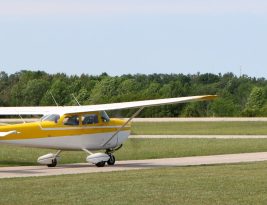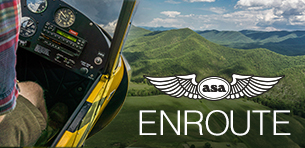What’s new in the world of aviation weather products you ask? Well, the “Experimental Graphical Forecast for Aviation” (GFA) of course! As the title suggests, this product is in experimental form at the moment, but is up and running at AviationWeather.gov. The National Weather Service and FAA are asking
…Tag: instruments
View All CategoriesIt’s the first “Test Roll” of 2016, a process where the FAA implements changes to the FAA Knowledge Exam and announces what’s new and upcoming in airman testing. ASA will incorporate this information in updates to our publications.
Some of the more beneficial items to note with February’s Test Roll
…The GPS can be a great aid for situational awareness in VFR operations. Today, we’ll introduce the basics of how the system works. We’ll go more in depth on using the GPS in future posts. Learn more about the GPS and more navigation systems and instruments in The Pilot’s
…Today’s post is short and sweet but a very important detail in your private pilot training nonetheless! 14 CFR 61.109 Aeronautical Experience lists the required minimum experience needed to apply for a private pilot certificate. §61.109(a)(3) states the required instrument flying time:
3 hours of flight training
…We’re staying warm this week, but we’ll be talking about ways to keep your engine cool. Today’s post is on your aircraft’s engine oil system. Look for follow up Ground School posts in the coming weeks about your engine’s cooling and exhaust systems. And be sure to check out
…Today we’re taking a look at carburetor ice with the Pilot’s Handbook of Aeronautical Knowledge.
As mentioned earlier, one disadvantage of the float-type carburetor is its icing tendency. Carburetor ice occurs due to the effect of fuel vaporization and the decrease in air pressure in the venturi, which causes
…As the angle of attack is increased (to increase lift), air will no longer flow smoothly over the upper wing surface but instead will become turbulent or “burble” near the trailing edge. A further increase in the angle of attack will cause the turbulent area to expand forward.
The majority of airports have some type of lighting for night operations, and the variety and type of lighting systems depends on the volume and complexity of operations at a given airport. We’re going to be examining these types today with help from the FAA’s Pilot’s Handbook of Aeronautical Knowledge.
Airport beacons
…

